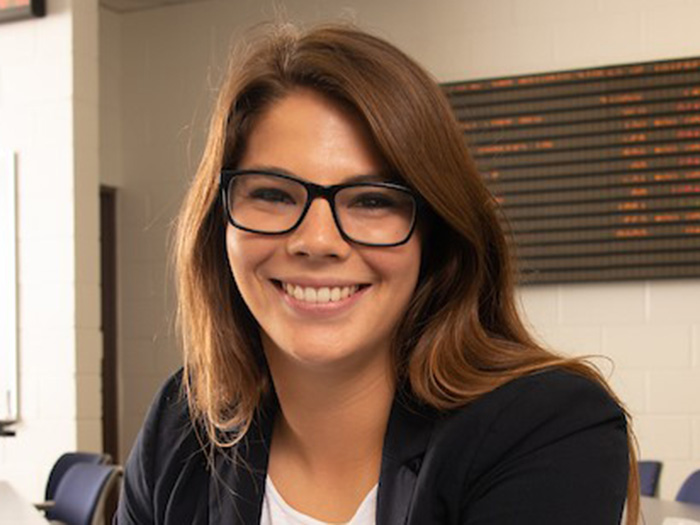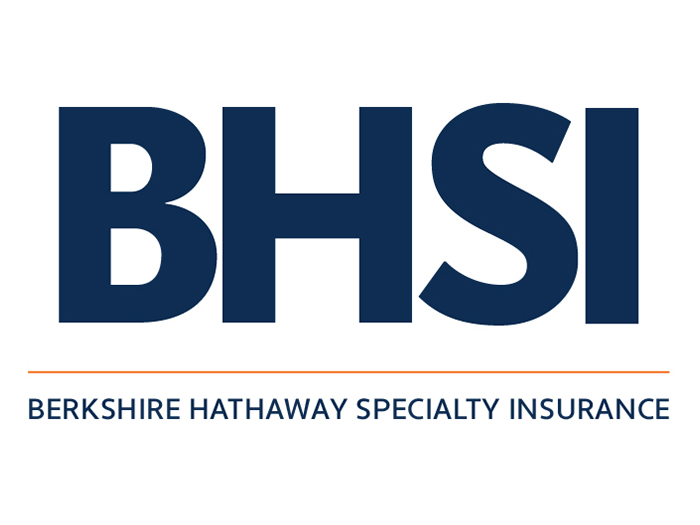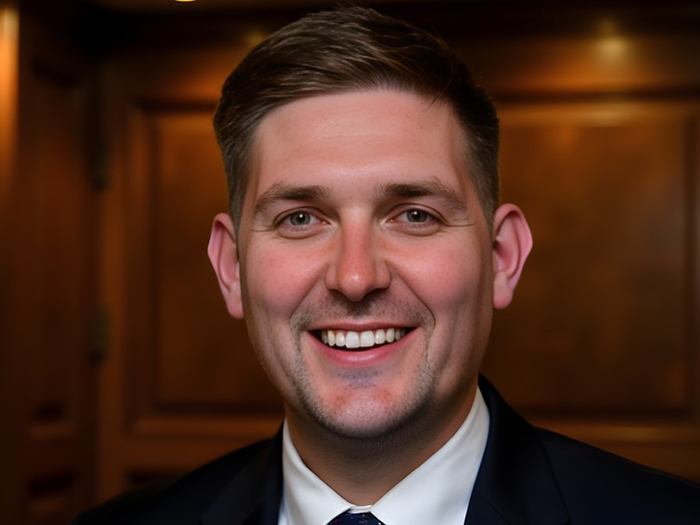Discover the Power of Physical Activity in Accelerating Injured Worker Recovery
Say the phrase “motion is lotion” to any orthopedist and they will give you five minutes on how frustrating it is that patients just don’t understand how important activity is in recovery.
I have to admit, I was a little unclear about the role of activity myself during my nine-month recovery from spinal fusion surgery. Moving around was more than a little challenging, and the tendency to be sedentary and complain did not line up with my therapists telling me to walk at least one mile a day.
Why? Oddly, therapists rarely have an answer beyond “Just do it, because that’s what’s your surgeon ordered.” If you are like me, that isn’t really an answer at all.
Truth is, there is a genuine reason why activity is essential to all recovery, and every injured worker understands it when it’s properly explained. More importantly, every injured worker hastens their return to work when they get committed to doing the work of actively engaging in their recovery.
My mantra is “The patient is the wildcard in the recovery process.” That is nowhere more apparent than in the need for activity. Patients who are engaged and committed to using “motion is lotion” experience shorter recovery times, and employers may enjoy lower overall claim costs.
Instinctively, we all understand that lying on the couch watching television all day is likely not going to hasten recovery. On the flip side of that: Is moving around as much as bearable really going to help me get better faster and stay better longer? Yes — because healing wounds require oxygen. And how does oxygen get to the wound? In your blood flow. And how does your blood flow and your oxygen increase? With activity.
After having three spine surgeries and two knee replacements, I have spent a lot of time around physical therapists and the patients they are guiding through recovery. I wrote “The Optimized Patient” because I am “that guy” who works the plan. I do what the doctors and therapists tell me — exactly what they tell me.
It never fails to amuse me that my therapists are so stunned at the rate at which I recover, even at the age of 72. And I say to them, “I didn’t do anything special. I just did what you told me to do.” Apparently, that is not the norm, and one of the four reasons that so many cases take so long to resolve.
The injured worker would seem to have the idea that they are on paid vacation. They miss the point that their new “job” is “working” on their recovery. Educating and coaching an injured worker about this critical aspect of their recovery benefits both the worker and the employer.
The hour or two each week that the injured worker spends in supervised activity with their physical therapist is not enough to get them back to full health and productive work in the shortest possible time frame.
The surgeons and their office staff do not have the time or the inclination to do the follow-up “coaching” necessary to keep the patient engaged.
The physical therapist may assign activity, but the patient is the wildcard and, more often than not, is only engaged when they are in front of the physical therapist in their office.
New and evolving patient engagement apps and the utilization of patient-to-patient peer “recovery guides” (my personal preference) are emerging as cost-saving strategies to keep injured workers on track and actively engaged in their own recovery.
Activity is one of the four pillars of an optimized recovery. Motion is the lotion, when it is properly applied. &










